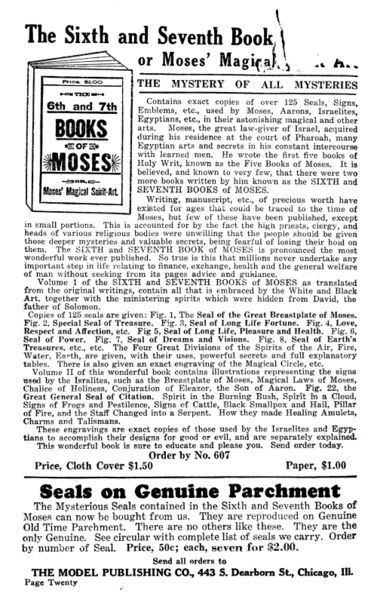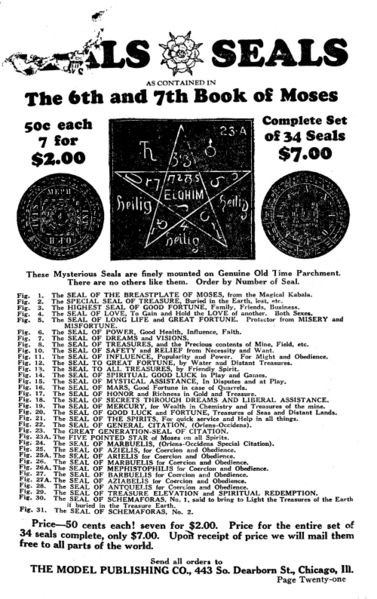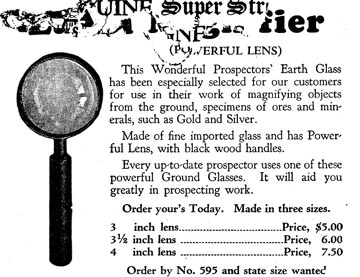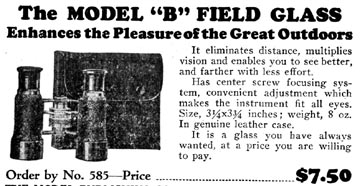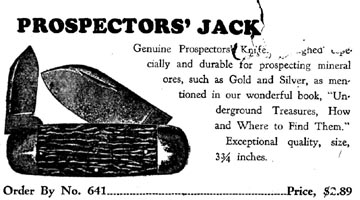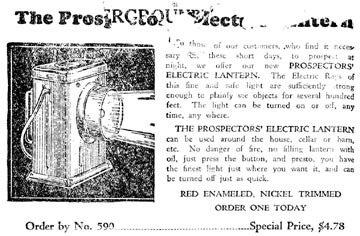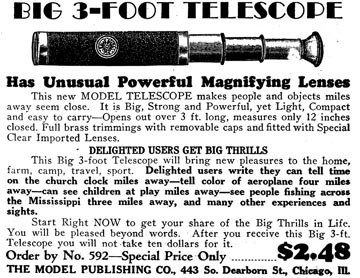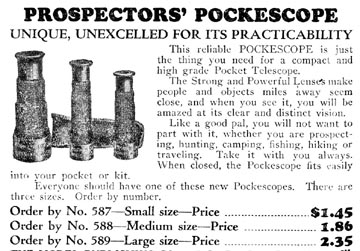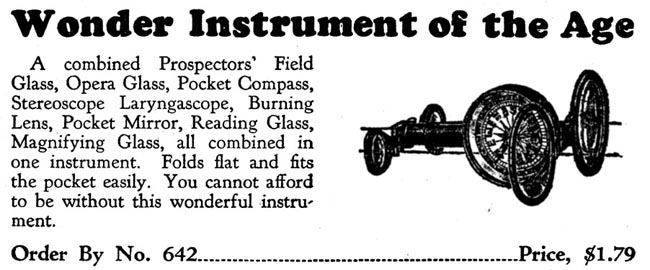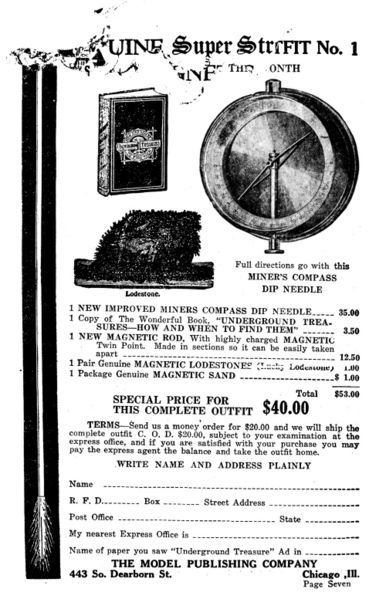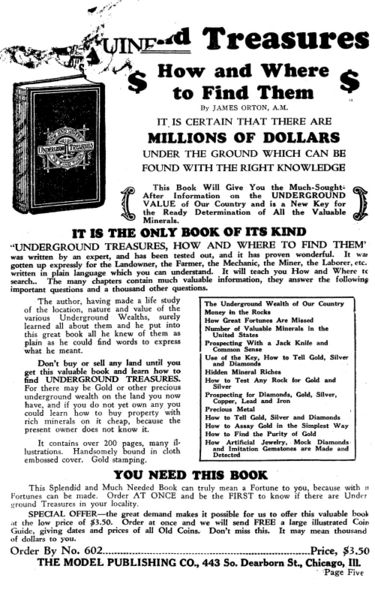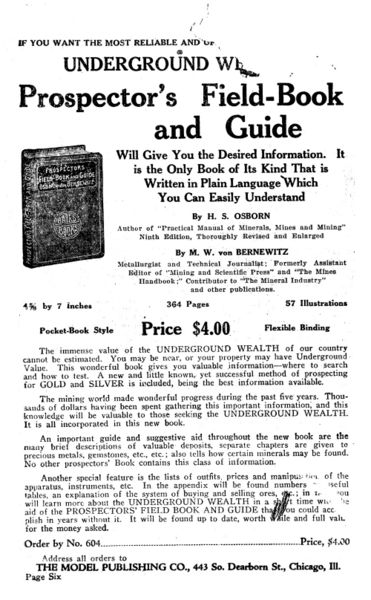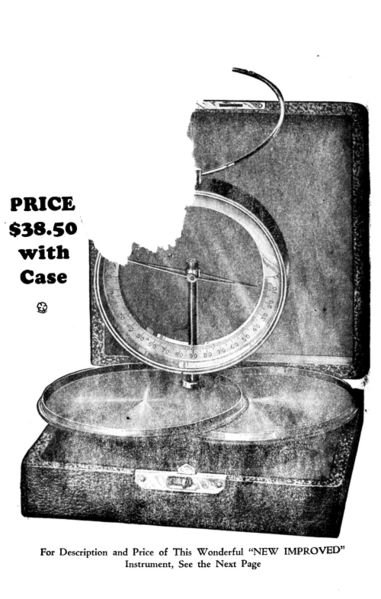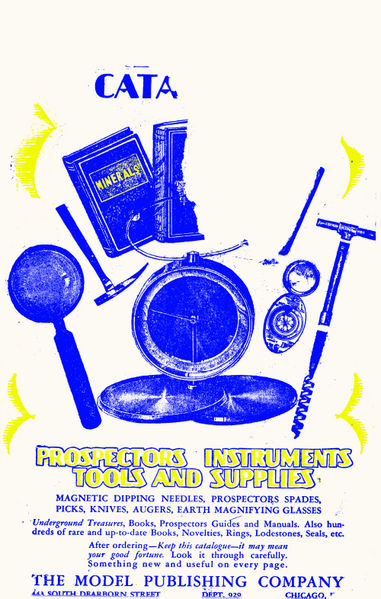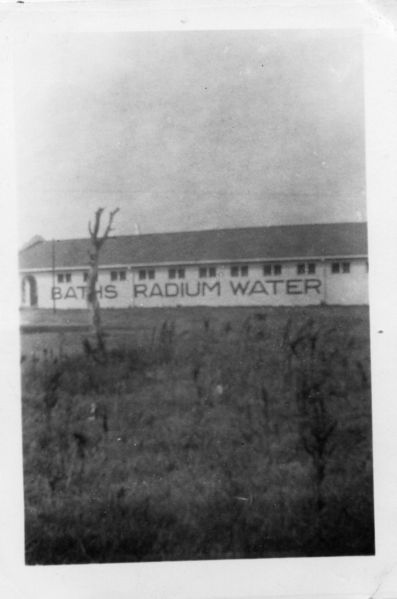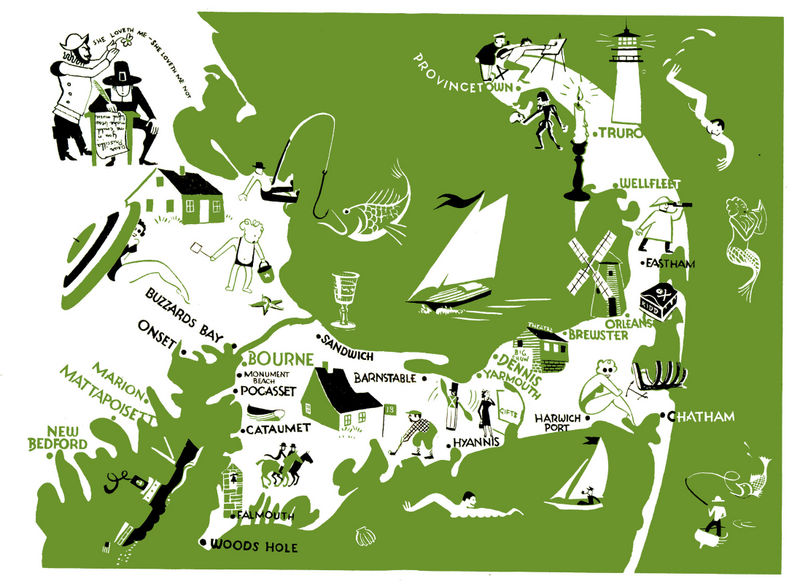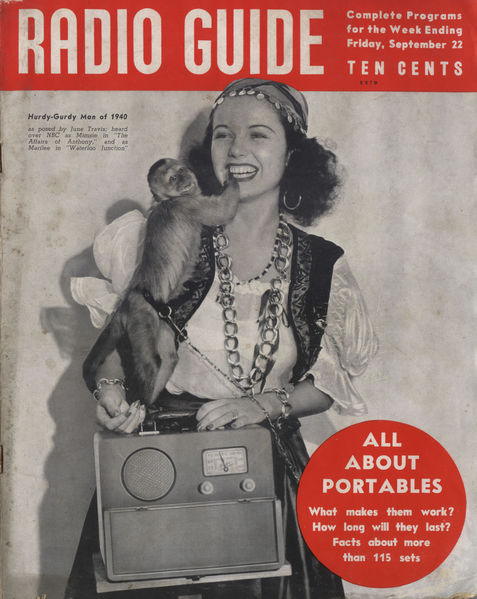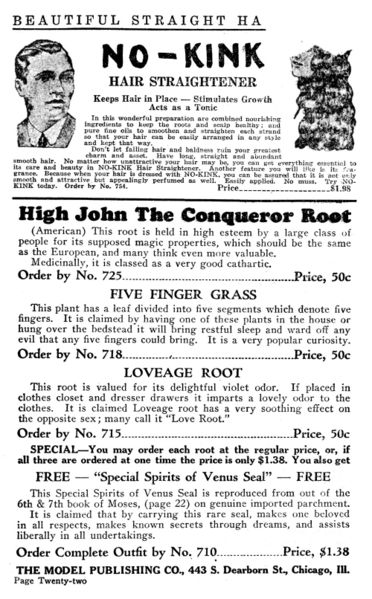 |
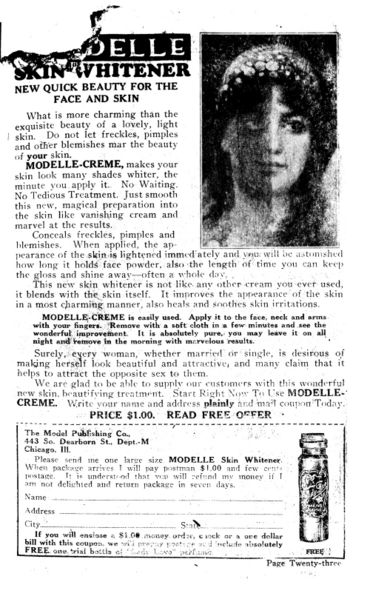 |
We will get into the Model Publishing Company’s romantic inclinations later, when we get further into the books, but towards the front Model starts with their beautification products. On the left, above, is “No-Kink,” a hair straightening product, and on the right is “Modelle-Creme,” a skin whitener.
“Don’t let falling hair and baldness ruin your greatest asset. Have long straight and abundant hair,” claims the No-Kink ad. Not a chemical straightener, exactly, the ‘tonic’ is advertised with the usual snake-oil tone: it makes your hair do everything you want your hair to do, including smelling good. My guess is it was a oil or wax which helped hold the hair in place, while moisturizing and protecting the scalp…preventing baldness, I’m not so sure about. Hair straightening products like No-Kink were primarily focused on the black community, which adds an interesting facet to this catalog’s existence and its target audience.
Modelle-Creme may have had a similar black audience, although skin whiteners were more popular with the ingenue crowd of the time. Today, we’ve got it backwards: muscular and tanned is a sign of richness in the 21st century, whereas back in the early 2 in the 1920s, it meant you were of a privileged class, able to afford better food and servants to labor in the sun for you. As you might guess, as with our fake-tanning today, there would have been a market for artificially altering your skin color the other way. Modelle-Creme says it “makes your skin look many shades whiter, the minute you apply it.” This instantaneous characteristic makes me wonder if it’s simply a makeup cover, or is there something hasher in it: by the 20th century, people were generally smart enough not to use the older whiteners, like lead, mercury, and arsenic…but that’s not to say that even in the 1930s people weren’t concocting harmful lotions using old, unsafe recipes. As with the hair straightener, the claims are to the extreme: whitens, makes you healthier, attracts the opposite sex, it’s “absolutely pure”, holds powder and removes shine, etc., etc.
But, why would the catalog include such things? the underlying purpose of every product in the catalog leads to one thing: self improvement. Get rich, cure your ills, have better luck, make yourself more beautiful. The contents of the catalog cover all the bases, so if you’re looking for a book publisher, these cosmetics seem out of place — but considering it as a self-improvement company, the choosing of products seems clearer.
